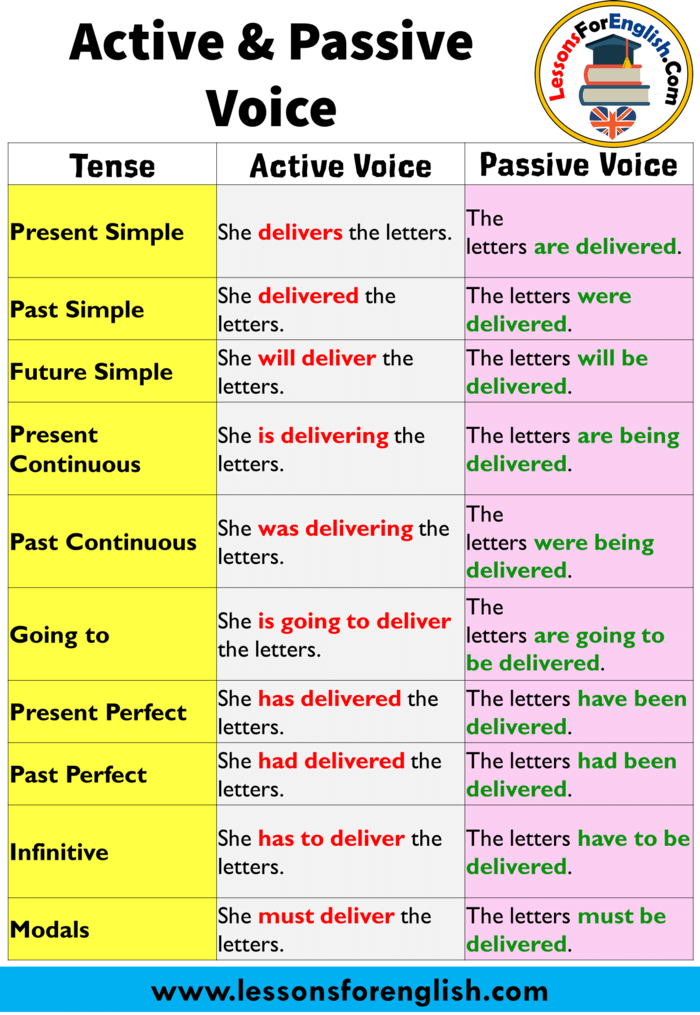Active voice and passive voice are two different ways in which a sentence can be structured. They play a crucial role in determining the subject and the object of a sentence. Understanding the difference between these two voices is important for effective communication and writing.
When using active voice, the subject of the sentence performs the action. It is straightforward and direct, making the sentence more engaging and dynamic. On the other hand, passive voice places the focus on the object of the action, rather than the subject. It can sometimes make the sentence sound more formal or detached.
Active Voice and Passive Voice Meaning
In active voice, the subject of the sentence is the doer of the action. For example, “The cat chased the mouse.” The subject “cat” is performing the action of chasing. In passive voice, the subject of the sentence is the receiver of the action. For example, “The mouse was chased by the cat.” Here, the subject “mouse” is receiving the action of being chased.
Active voice is often preferred in writing as it is more direct and engaging. It makes the writing clearer and more concise. Passive voice is used when the focus is on the action or the object of the action, rather than the subject. It can be useful in formal writing or when the subject is unknown or unimportant.
Using active voice can also help to make the writing more lively and interesting. It creates a sense of immediacy and allows the reader to easily follow the flow of the sentence. Passive voice, on the other hand, can sometimes make the writing feel dull or passive, as the subject is not actively involved in the action.
Overall, understanding the difference between active voice and passive voice is essential for effective communication. While active voice is generally preferred for its clarity and directness, passive voice can be useful in certain situations. By mastering both voices, writers can choose the most appropriate style for their writing, depending on the context and the intended effect.
In conclusion, active voice and passive voice are two distinct ways of structuring a sentence. Active voice emphasizes the subject as the doer of the action, while passive voice focuses on the object or receiver of the action. Both have their own advantages and are used in different contexts to achieve specific effects in writing.
